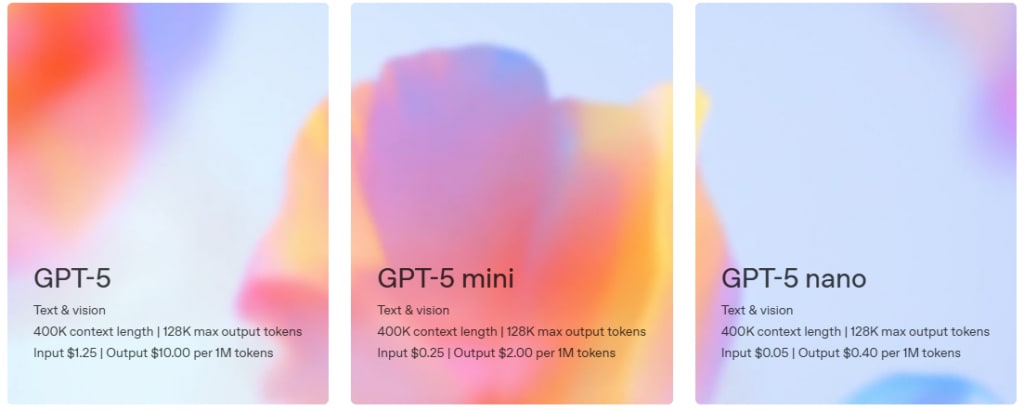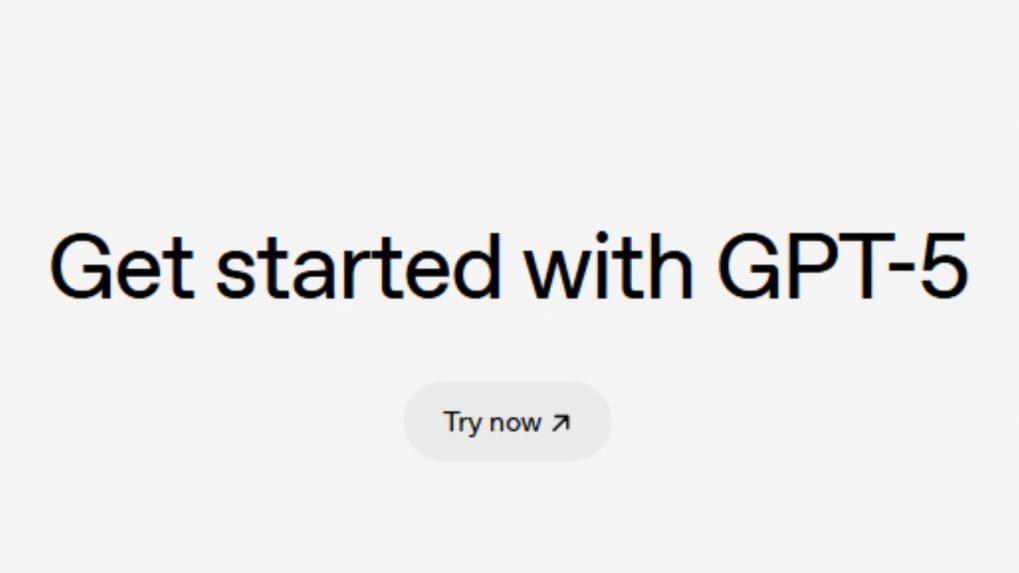OpenAI unveils GPT-5: A quantum leap in AI that feels like PhD-level companion
Smarter, faster, and more human than ever, GPT-5 auto-selects optimal modes, codes from natural language, diagnoses health cues, adapts personas, and integrates seamlessly across ecosystems.
ADVERTISEMENT
OpenAI pulled back the curtain on GPT-5, touted as the latest evolution of its AI language model. CEO Sam Altman declared it a “significant step” toward artificial general intelligence- an AI so advanced that going back to GPT-4 now “felt miserable” in comparison.
What's striking about GPT-5 is how accessible it's made, available to everyone, including free-tier ChatGPT users. Though limits apply, users will automatically be switched into GPT-5; once they hit their free-use cap, the system gracefully downgrades them to GPT-5 Mini, which still outperforms earlier models.
Read more: ChatGPT-maker OpenAI taps Omnicom’s PHD as first global media agency amid broader consumer push
For paid subscribers, Pro users enjoy higher usage limits, and Team and Enterprise users gain even more robust access across ability tiers.

Behind the scenes, GPT-5 dynamically decides which version, standard, mini, or nano—to deploy based on task complexity. This removes the old model-picker entirely, streamlining user experience with a unified, auto-routing system.
But raw access is just one part. GPT-5 is also mechanically smarter. It boasts marked improvements in reasoning, accuracy, and speed, unlocking new performance in coding, mathematics, science, finance, law, and more. Thanks to this “built-in thinking” structure, GPT-5 can discern when to respond quickly or engage in deeper processing for expert-level insight.
A standout highlight is the rise of “vibe coding”, a refined natural-language-driven way to produce clean, front-end UI or full apps from a single prompt, even displaying live previews through the Canvas interface. Reports claimed that GPT-5 also impressed with its coding benchmarks, surpassing contemporaries like Anthropic's Claude in areas like SWE-Bench.
Beyond productivity, GPT-5 pushes personalization further. Users can now chat with preset personas, from a sardonic Cynic to a nerdy Listener, and change the look and feel of their chat with accent colors and enhanced, more natural voice mode.
Moreover, Pro users will soon enjoy integrations with Gmail and Google Calendar, allowing GPT-5 to help draft emails or assist with scheduling using contextual cues.
On the health front, GPT-5 offers early capability to flag serious health concerns, including potential signs of cancer, based on user prompts, an experimental but significant step into medical diagnostics.
Safety hasn't been overlooked either. OpenAI has worked to reduce hallucinations and misleading outputs. Improved internal safeguards, including “safe completions,” aim to keep GPT-5 both useful and responsible.

